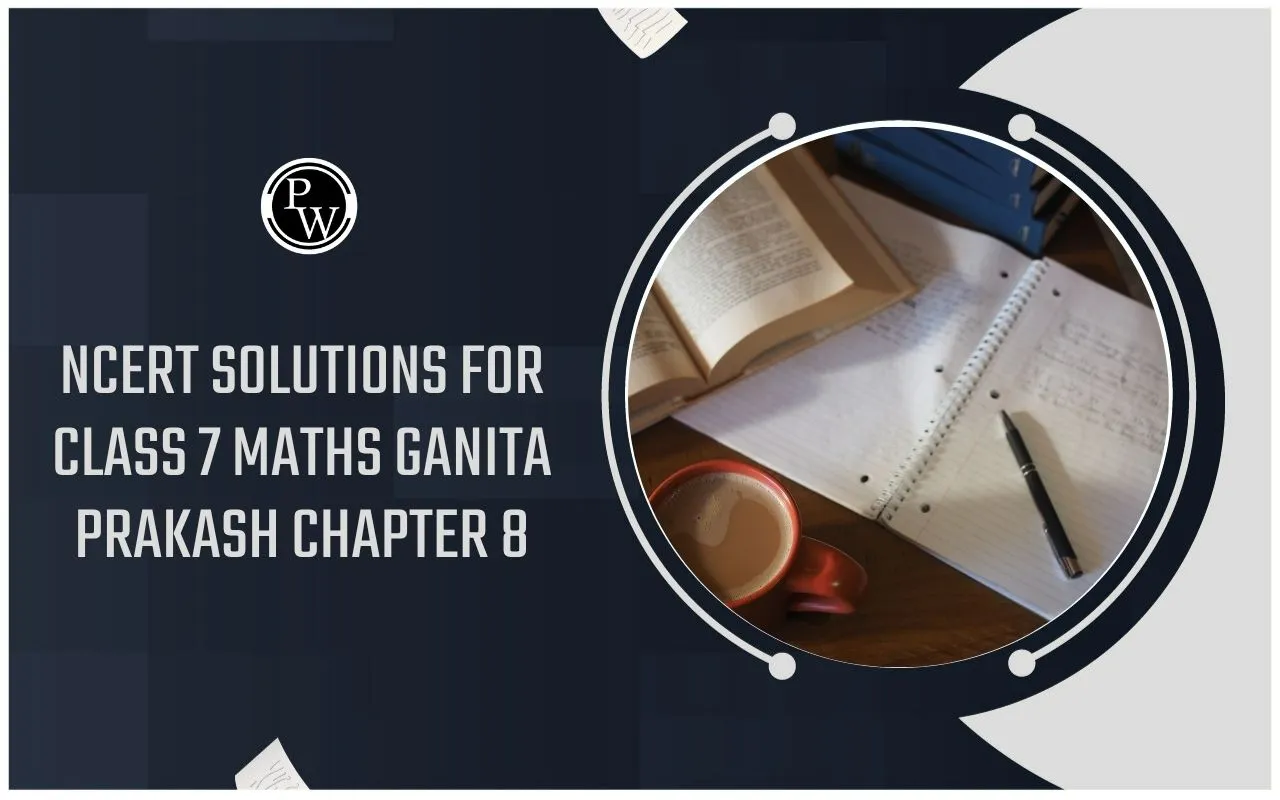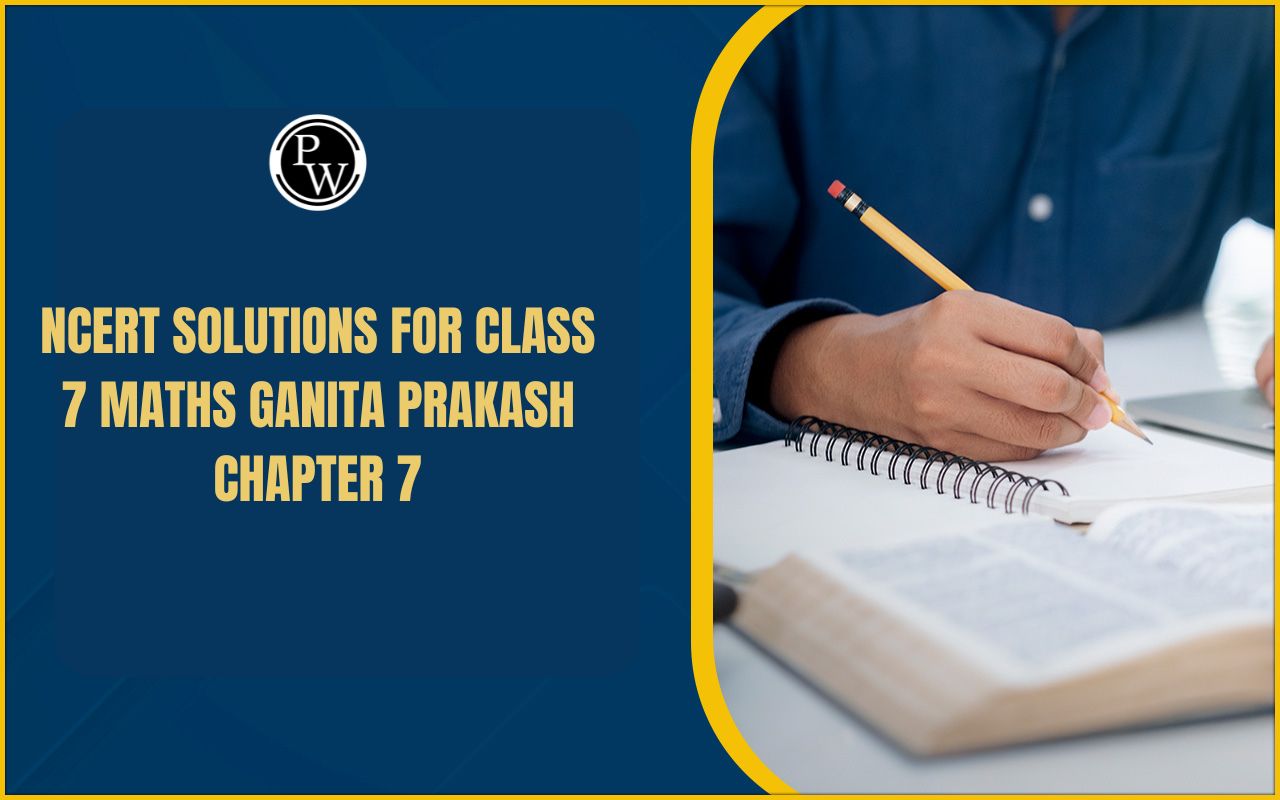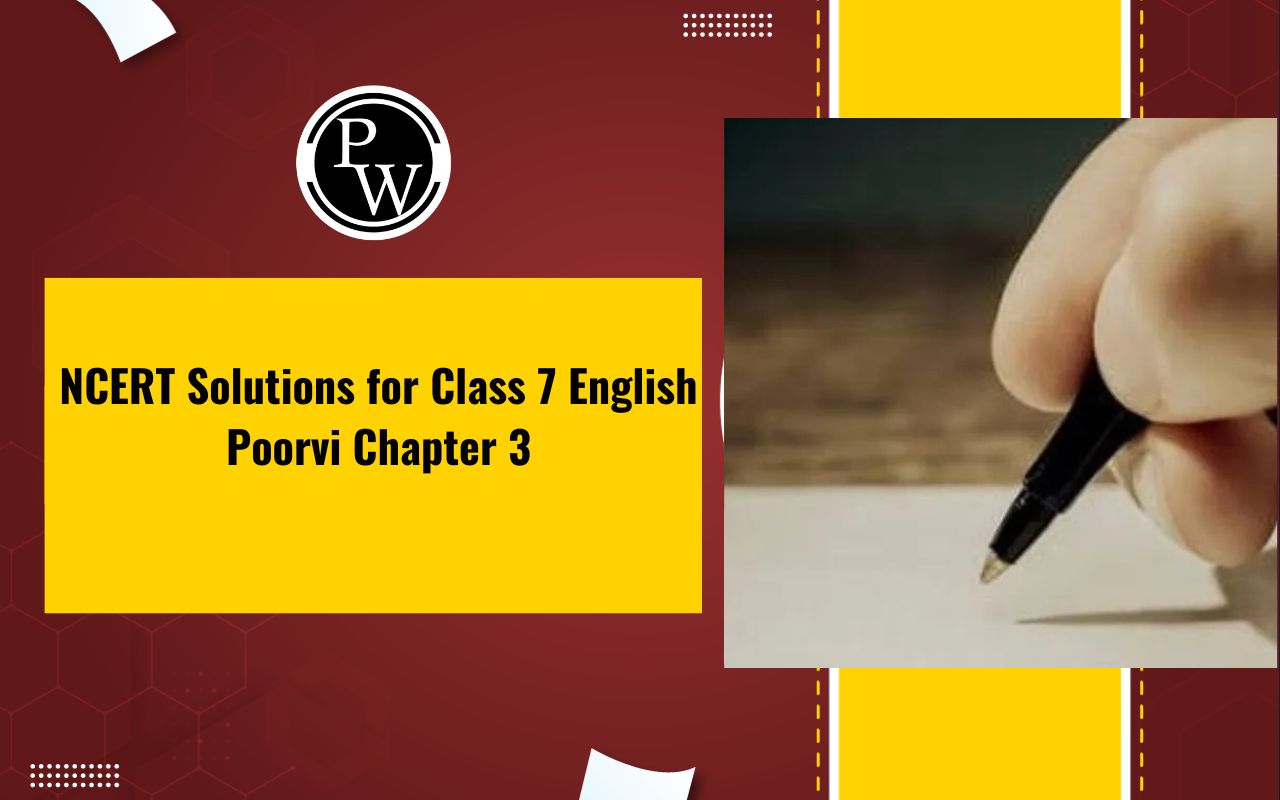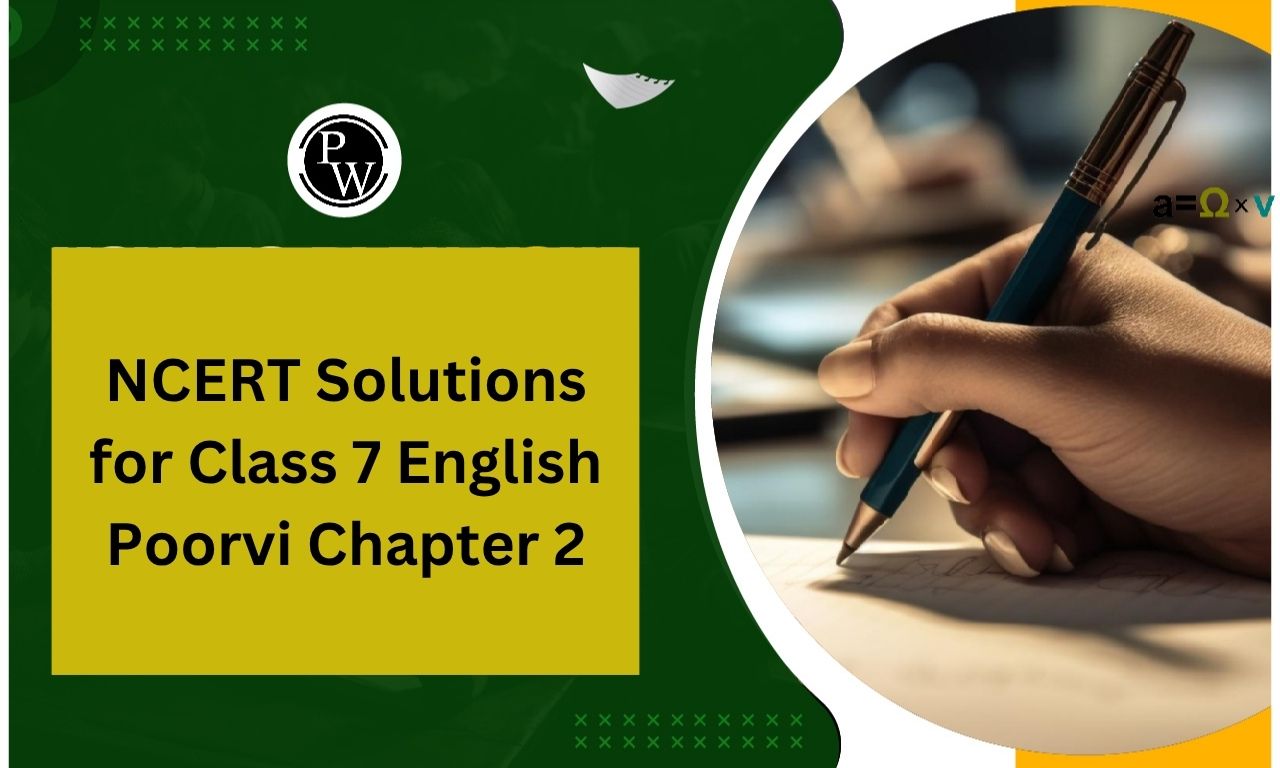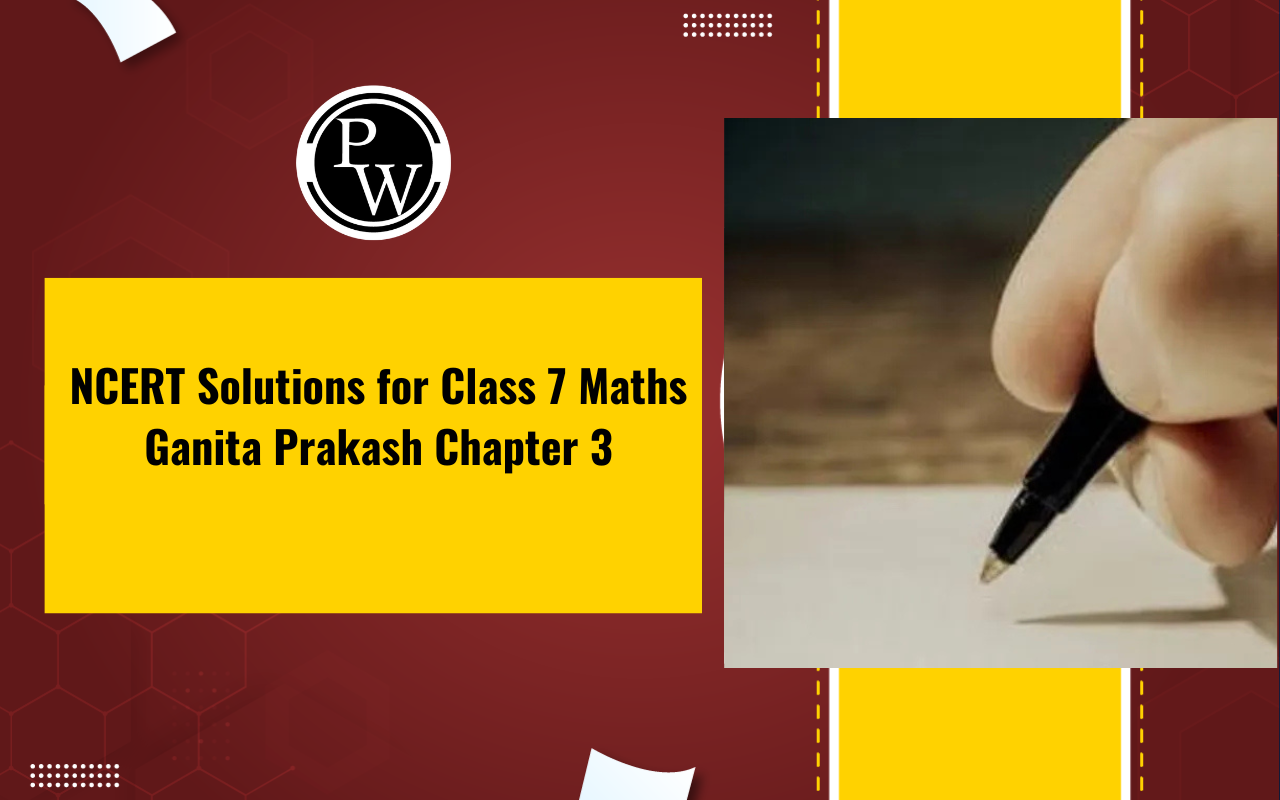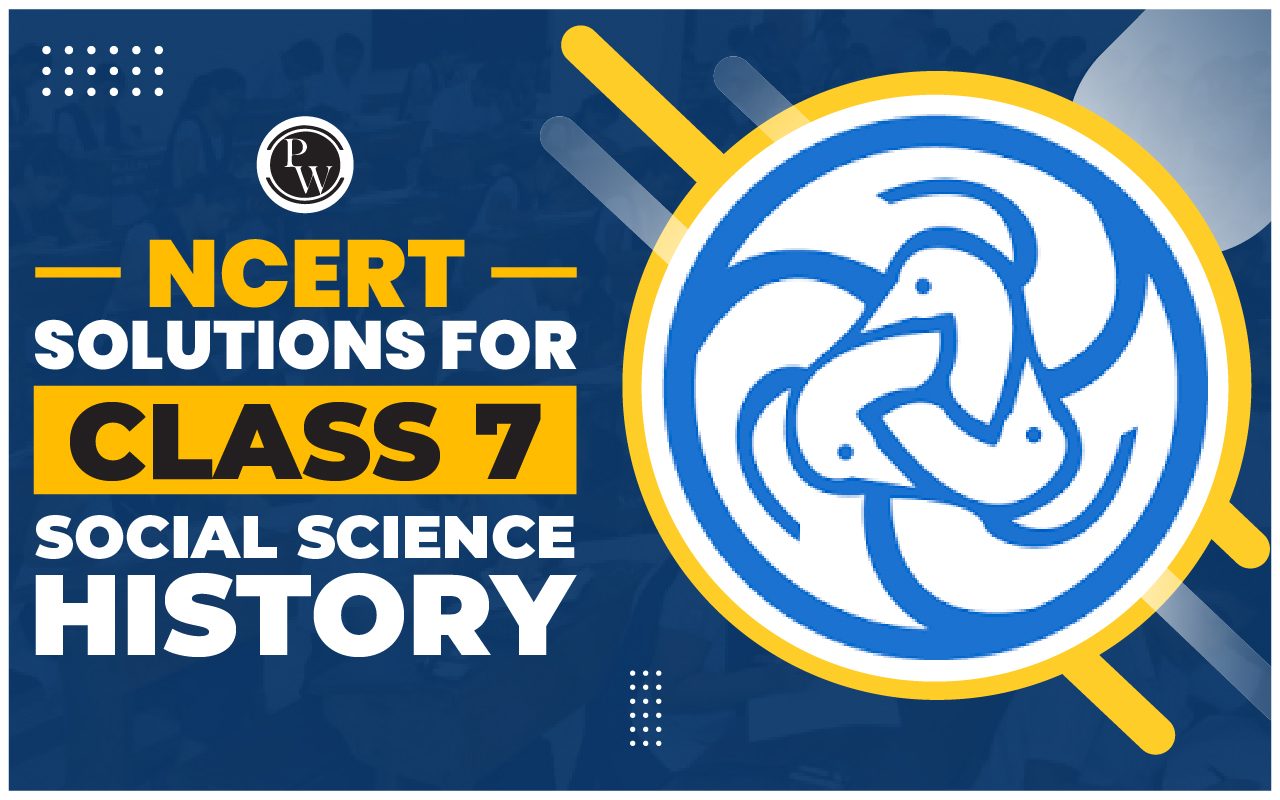
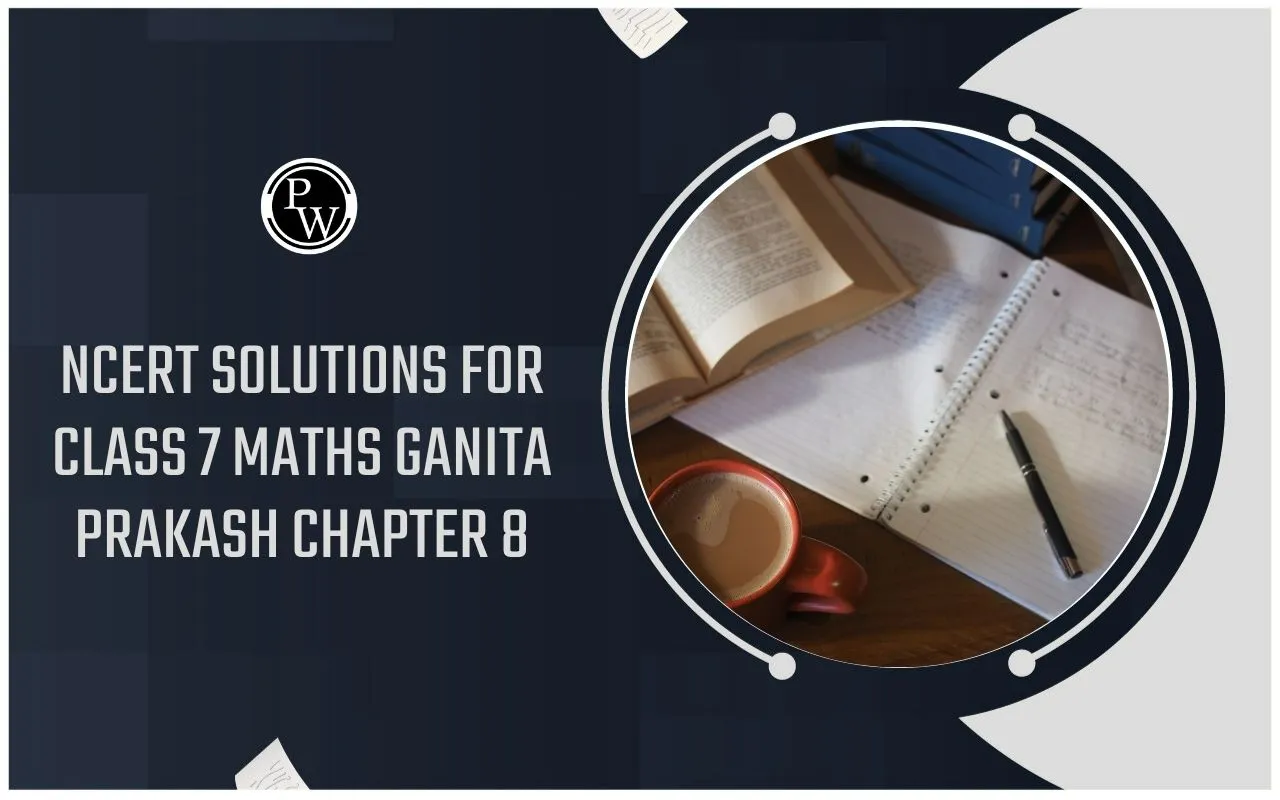
NCERT Solutions for Class 7 Maths Ganita Prakash Chapter 8 help students understand concepts of fractions, decimals, and their applications through clear explanations and solved examples. The solutions are designed step by step, making even tricky questions simple to learn.
By practising these, students can strengthen their basics, improve accuracy, and prepare effectively for exams. These solutions also follow the latest NCERT guidelines, making them a reliable resource for homework, revision, and building strong problem-solving skills.
Working With Fractions Class 7 Maths Ganita Prakash Chapter 8
NCERT Solutions for Class 7 Maths Ganita Prakash Chapter 8 Working With Fractions, students will learn how to add, subtract, multiply, and divide fractions with ease. The chapter also covers real-life word problems, shortcuts, and step-by-step methods:
-
Understanding the basics of fractions and their types (proper, improper, mixed).
-
Adding and subtracting fractions with the same and different denominators.
-
Multiplying fractions with whole numbers and with other fractions.
-
Dividing fractions step by step with clear examples.
-
Solving real-life word problems using fractions.
-
Applying shortcut methods to calculate faster in exams.
Working With Fractions Class 7 Question Answers
Figure it Out (Page 176 – 177)
NCERT Solutions for Class 7 Maths Chapter 8 Figure it Out (Page 176 – 177) are provided below with detailed step-by-step explanations. These solutions will help students practice different types of fraction-based questions and improve their understanding. Check the solved answers below to strengthen your concepts and preparation.
1. Tenzin drinks 1/2 glass of milk every day. How many glasses of milk does he drink in a week? How many glasses of milk did he drink in the month of January?
Solution:
Glass of milk drank every day = 1/2
Glasses of milk drank in a week = 1/2 × 7 = 7/2
Days in month of January = 31
Glasses of milk drank in month of January = 31 × 1/2 = 31/2 = 15 1/2
2. A team of workers can make 1 km of a water canal in 8 days. So, in one day, the team can make ___ km of the water canal. If they work 5 days a week, they can make ___ km of the water canal in a week.
Solution:
The length of canal made by workers in 8 days = 1 km
The length of canal made by workers in 1 day = 1/8 km
By working 5 days in a week, the length of canal made by workers = 5 × 1/8 = 5/8 km.
3. Manju and two of her neighbours buy 5 litres of oil every week and share it equally among the 3 families. How much oil does each family get in a week? How much oil will one family get in 4 weeks?
Solution:
Amount of oil shared by 3 families in a week = 5 litres
Amount of oil one family got in a week = 5/3 litres
Amount of oil one family got in 4 weeks = 4 × 5/3 = 20/3 = 6 2/3 litres.
4. Safia saw the Moon setting on Monday at 10 pm. Her mother, who is a scientist, told her that every day the Moon sets 5/6 hour later than the previous day. How many hours after 10 pm will the moon set on Thursday?
Solution:
No. of days from Monday to Thursday = 3
Delay in moon setting time per day = 5/6 hour
Delay in moon setting time over 3 days = 3 × 5/6 hour = 5/2 = 2.5 hours
Thus, the Moon will set 2.5 hours or 2 hours 30 minutes after 10 PM on Thursday.
5. Multiply and then convert it into a mixed fraction:
(a) 7 × 3/5
(b) 4 × 1/3
(c) 9/7 × 6
(d) 13/11 × 6
Solution:
(a) 7 × 3/5 = 21/5 = 4 1/5
(b) 4 × 1/3 = 4/3
(c) 9/7 × 6 = 54/7
(d) 13/11 × 6 = 78/11
NCERT Solutions for Class 7 Maths Chapter 8 Figure it out (Page 183)
NCERT Solutions for Class 7 Maths Chapter 8 Figure it Out (Page 183) are provided below in a clear and simple format. These solutions include practical fraction-based word problems with step-by-step answers. Check the detailed Class 7 Chapter 8 solutions below to strengthen your understanding and improve exam preparation:
1. A water tank is filled from a tap. If the tap is open for 1 hour, 7/10 of the tank gets filled. How much of the tank is filled if the tap is open for
(a) 1/3 hour
(b) 2/3 hour
(c) 3/4 hour
(d) 7/10 hour
(e) For the tank to be full, how long should the tap be running?
Solution: Part of the tank filled in 1 hour = 7/10
(a) Part of the tank filled in 1/3 hour = 1/3 × 7/10 = 7/30
(b) Part of the tank filled in 2/3 hour = 2/3 × 7/10 = 14/30 = 7/15
(c) Part of the tank filled in 3/4 hour = 3/4 × 7/10 = 21/40
(d) Part of the tank filled in 7/10 hour = 7/10 × 7/10 = 49/100
(e) Part of the tank filled in 1 hour = 7/10
Time required to fill 7/10 of a tank = 1 hour
Time required to fill 1 tank = 1 × 10/7 = 10/7 hours = 1 3/7 hours.
2. The government has taken 1/6 of Somu’s land to build a road. What part of the land remains with Somu now? She gives half of the remaining part of the land to her daughter, Krishna, and 1/3 to her son Bora. After giving them their shares, she kept the remaining land for herself.
(a) What part of the original land did Krishna get?
(b) What part of the original land did Bora get?
(c) What part of the original land did Somu keep for herself?
Solution:
Part of Somu’s land acquired by the government = 1/6
Somu’s original land = 1 – 1/6 = 5/6
(a) Part of the land given to Krishna = 1/2 of original land = 1/2 × 5/6 = 5/12
(b) Part of the land given to Bora = 1/3 of original land = 1/3 × 5/6 = 5/18
(c) Part of the land Somu kept for herself = 5/6 – (5/12 + 5/18)
= 5/6 – (25/36)
= (30/36 – 25/36) = 5/36
3. Find the area of a rectangle of sides 3 3/4 ft and 9 3/5 ft.
Solution:
Area of rectangle = 15/4 ft × 48/5 ft = 3 × 12 = 36 sq ft
4. Tsewang plants four saplings in a row in his garden. The distance between two saplings is 3/4 m. Find the distance between the first and last sapling.
[Hint: Draw a rough diagram with four saplings with distance between two saplings as 3/4 m]
Solution:
No. of saplings in a row in garden = 4
Distance between two saplings = 3/4 m
Distance between first and last sapling = 3/4 + 3/4 + 3/4 = 9/4 m = 2 1/4 m
NCERT Solutions for Class 7 Maths Chapter 8 Textbook Page 185
NCERT Solutions for Class 7 Maths Chapter 8 Textbook Page 185 are given below with simple and clear explanations. This section explains whether the product of two numbers is greater or less than the given numbers. Check the detailed step-by-step Class 7 Chapter 8 solutions provided below:
Is the Product Always Greater than the Numbers Multiplied?
Q. What can you conclude about the relationship between the numbers multiplied and the product? Fill in the blanks:
• When one of the numbers being multiplied is between 0 and 1, the product is __________ (greater/less) than the other number.
• When one of the numbers being multiplied is greater than 1, the product is __________ (greater/less) than the other number.
Solution:
(i) When one of the numbers being multiplied is between 0 and 1, the product is less than the other number.
Example:
Let one number be 1/4 and other number be 100.
Product = 1/4 × 100 = 25.
Hence, the product (25) is less than the other number (100).
(ii) When one of the numbers being multiplied is greater than 1, the product is greater than the other number.
Example:
Let one number be 10 and other number 50.
Product = 10 × 50 = 500.
Hence, the product (500) is greater than the other number (50).
NCERT Solutions for Class 7 Maths Chapter 8 Textbook Page 194
NCERT Solutions for Class 7 Maths Chapter 8 Textbook Page 194 are provided below with complete explanations. This section deals with solving problems on currency conversions and fractions in a step-by-step manner. Students can check the detailed Class 7 Chapter 8 solutions given here to practice effectively and prepare well:
Q. If we assume 1 gold dinar = 12 silver drammas, 1 silver dramma = 4 copper panas, 1 copper pana = 6 mashakas, and 1 pana = 30 cowrie shells,
1 copper pana = 1/48 gold dinar (1/12 × 1/4)
1 cowrie shell = ____ copper panas
1 cowrie shell = ____ gold dinar.
Solution:
1 copper pana = 1/48 gold dinar
1 copper pana = 30 cowrie shells
or 30 cowrie shells = 1 copper pana
or 1 cowrie shell = 1/30 copper panas.
or 1 cowrie shell = 1/30 × 1/48 gold dinar = 1/1440 gold dinar.
2. For each of the questions below, choose the expression that describes the solution. Then simplify it.
(a) Maria bought 8 m of lace to decorate the bags she made for school. She used 1/4 m for each bag and finished the lace. How many bags did she decorate?
(i) 8 × 1/4
(ii) 1/8 × 1/4
(iii) 8 ÷ 1/4
(iv) 1/4 ÷ 8
Solution:
Lace bought = 8 m
Lace used to decorate one bag = 1/4 m
No. of bags decorated = 8 ÷ 1/4
So, (iii) 8 ÷ 1/4 is the correct answer.
(b) 1/2 metre of ribbon is used to make 8 badges. What is the length of the ribbon used for each badge?
(i) 8 × 1/2
(ii) 1/2 ÷ 1/8
(iii) 8 ÷ 1/2
(iv) 1/2 ÷ 8
Solution:
Length of ribbon used to make 8 badges = 1/2 metres.
Length of ribbon used to make each badge = 1/2 ÷ 8.
So, (iv) 1/2 ÷ 8 is the correct answer.
(c) A baker needs 1/6 kg of flour to make one loaf of bread. He has 5 kg of flour. How many loaves of bread can he make?
(i) 5 × 1/6
(ii) 1/6 ÷ 5
(iii) 5 ÷ 1/6
(iv) 5 × 6
Solution:
Quantity of flour needed to make 1 loaf of bread = 1/6 kg
Total quantity of flour = 5 kg
No. of loaves of bread made = 5 ÷ 1/6
So, (iii) 5 ÷ 1/6 is the correct answer.
4. Patiganita, a book written by Sridharacharya in the 9th century CE, mentions this problem: “Friend, after thinking, what sum will be obtained by adding together 1 ÷ 1/6, 1 ÷ 1/10, 1 ÷ 1/13, 1 ÷ 1/9 and 1 ÷ 1/2? What should the friend say?”
Solution:
The sum obtained = (1 ÷ 1/6) + (1 ÷ 1/10) + (1 ÷ 1/13) + (1 ÷ 1/9) + (1 ÷ 1/2)
= (1 × 6/1) + (1 × 10/1) + (1 × 13/1) + (1 × 9/1) + (1 × 2/1)
= 6 + 10 + 13 + 9 + 2 = 40
Therefore, the friend should say that the sum is 40.
5. Mira is reading a novel that has 400 pages. She read 1/5 of the pages yesterday and 3/10 of the pages today. How many more pages does she need to read to finish the novel?
Solution:
The total number of pages in the novel = 400
The number of pages read by Mira yesterday = 1/5 of 400 = 400/5 = 80 pages.
The number of pages read by Mira today = 3/10 of 400 = 120 pages.
Total pages read by Mira = 80 + 120 = 200 pages.
Therefore, the number of pages she needs to finish the novel = 400 – 200 = 200 pages.
6. A car runs 16 km using 1 litre of petrol. How far will it go using 2 3/4 litres of petrol?
Solution:
Distance travelled by car in 1 litre of petrol = 16 km.
Distance travelled by car in 2 3/4 litres of petrol = 16 × 2 3/4 = 16 × 11/4 = 4 × 11 = 44 km.
7. Amritpal decides on a destination for his vacation. If he takes a train, it will take him 5 1/6 hours to get there. If he takes a plane, it will take him 1/2 hour. How many hours does the plane save?
Solution:
The time taken by the train to reach the destination = 5 1/6 hours.
The time taken by the plane to reach the destination = 1/2 hour.
The time saved by travelling by plane = 5 1/6 – 1/2
= 31/6 – 1/2
= 31/6 – 3/6
= 28/6 = 14/3 = 4 2/3 hours.
8. Mariam’s grandmother baked a cake. Mariam and her cousins finished 4/5 of the cake. The remaining cake was shared equally by Mariam’s three friends. How much of the cake did each friend get?
Solution:
Part of cake finished by Mariam and her cousins = 4/5
Part of cake left = 1 – 4/5 = 1/5
This 1/5 part of the cake is shared equally among 3 friends.
Part each friend got = 1/5 ÷ 3 = 1/5 × 1/3 = 1/15
Thus, each of Mariam’s three friends got 1/15 of the cake.
9. Choose the option(s) describing the product of (565/465 × 707/676):
(a) > 565/465
(b) < 565/465
(c) > 707/676
(d) < 707/676
(e) > 1
(f) < 1
Solution:
565/465 > 1 and 707/676 > 1
Since, both numbers are greater than 1, their product is greater than both the numbers.
Therefore, (a), (c) and (e) are correct options.
Benefits of Using NCERT Solutions for Class 7 Maths Ganita Prakash Chapter 8
The benefits of using NCERT Solutions for Class 7 Maths Ganita Prakash Chapter 8 are explained below in detail. These solutions cover all important topics from Working with Fractions Class 7 Solutions and provide step-by-step Class 7 Math Chapter 8 Question Answer for effective practice. Check the detailed benefits below:
-
Clear Understanding of Concepts: The Working with Fractions Class 7 Solutions simplify complex fraction problems with easy explanations. Students learn how to add, subtract, multiply, and divide fractions step by step.
-
Complete Coverage of Syllabus: Every exercise in the Class 7 Math Chapter 8 textbook is solved thoroughly. This ensures that students do not miss any important topic from Class 7 Chapter 8.
-
Step-by-Step Question Answers: The Class 7 Math Chapter 8 Question Answer solutions are written in a structured format, helping students follow the logic clearly and understand how to arrive at the correct answer.
-
Helpful for Exam Preparation: Practising with NCERT Solutions for Class 7 Maths Chapter 8 helps in building speed and accuracy. It also boosts confidence as the questions are solved exactly as expected in exams.
-
Easy Revision Tool: Before tests, students can quickly revise the entire Class 7 Math Chapter 8 using these solutions, saving time and ensuring they recall all methods correctly.
-
Strengthens Problem-Solving Skills: By working on different types of questions from the Working with Fractions Class 7 Solutions, students develop logical thinking and analytical skills.
-
Aligned with Latest NCERT Guidelines: The NCERT Solutions for Class 7 Maths Chapter 8 strictly follow the updated syllabus, making them a reliable resource for both homework and exam preparation.
